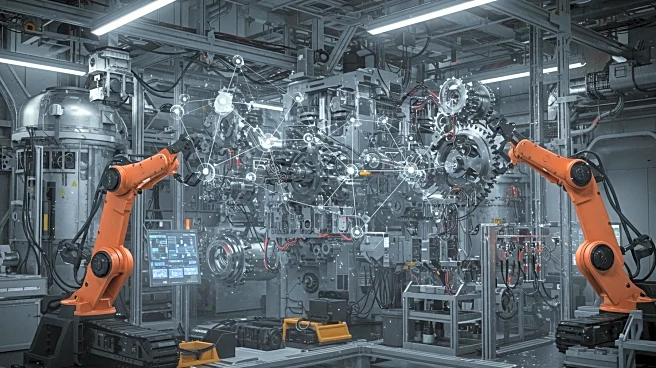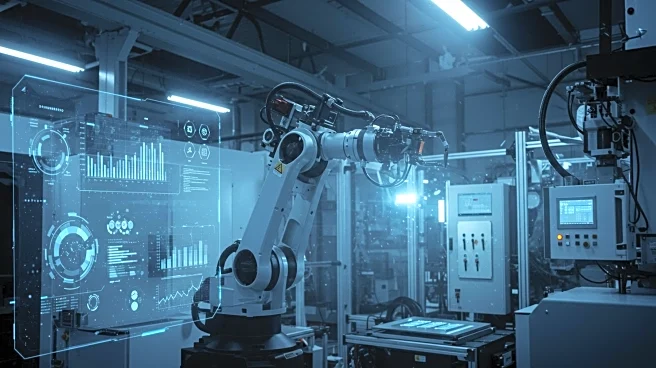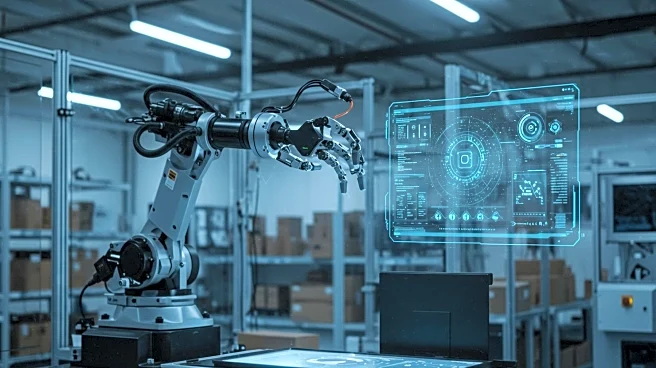Rapid Read • 6 min read
Manufacturers are grappling with the need for real-time asset visibility as they navigate increasing complexity and regulatory requirements. Many still rely on outdated control systems and fragmented data sources, which pose strategic liabilities. Best practices for overcoming these challenges include the use of interoperable smart devices, integrated IT/OT ecosystems, and AI-assisted filtering of critical alerts. These technologies aim to provide secure, real-time information for decision-making, audit, and analysis. The energy sector, in particular, is experiencing rapid changes with the integration of distributed energy resources and AI-led automation.
AD
Real-time asset visibility is crucial for manufacturers to maintain operational excellence, ensure compliance, and make informed strategic decisions. Without it, companies face increased risks, slower response times, and potential regulatory penalties. The ability to access and analyze comprehensive data is essential for optimizing performance and achieving sustainability goals, such as decarbonization. As industries modernize, the demand for accurate and timely data will continue to grow, making visibility a key factor in competitive advantage.
Manufacturers are expected to invest in modernizing their infrastructure to close the visibility gap. This includes adopting advanced technologies and systems that facilitate seamless data integration and analysis. Industry leaders and regulatory bodies may also push for standardized practices to ensure consistent and reliable data across sectors. As these changes unfold, companies that successfully implement real-time visibility solutions will likely see improved resilience and commercial outcomes.
AD
More Stories You Might Enjoy










